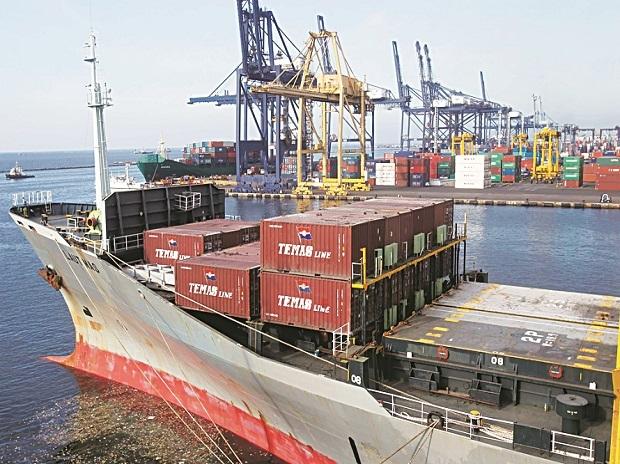Global trade growth is likely to slow down in the closing months of 2022 and into 2023, according to the World Trade Organisation (WTO) Goods Trade Barometer. The reasons would be shocks related to the Russia-Ukraine conflict, high energy prices, inflation, and monetary tightening in major economies, it said.
The Goods Trade Barometer provides real-time information on the trajectory of world trade relative to recent trends. Its latest estimates showed a reading of 96.2, below both the baseline value for the index and the previous reading of 100, reflecting a cooling of demand for traded goods.
A reading of 100 indicates growth in line with medium-term trends, while readings greater than and below 100 indicate above-trend and below-trend growth, respectively.
“The downturn in the goods barometer is consistent with the WTO’s trade forecast of October 5, which predicted merchandise trade volume growth of 3.5 per cent in 2022 and 1 per cent in 2023 due to several related shocks including the war in Ukraine, high energy prices, and monetary tightening in major economies,” WTO said in a statement.
The barometer index was weighed down by negative readings in sub‐indices representing export orders at 91.7, air freight at 93.3 and electronic components at 91 – an indication of cooling business sentiment and weaker global import demand.
Container shipping and raw materials index finished below the trend, “losing its momentum” at 99.3 and 97.6, respectively.
Automotive products were an expectation, with the index at 103.8, rising above the trend due to stronger vehicle sales in the United States and increased exports from Japan as supply conditions improved and the yen continued to depreciate.
According to the WTO forecast released last month, global merchandise trade volumes are expected to grow by 3.5 per cent in 2022 — slightly better than the 3 per cent forecast in April. For 2023, however, the growth is expected to be 1 per cent, down sharply from the previous estimate of 3.4 per cent.
In the case of India, amid waning external demand due to the global headwinds of high inflation, currency depreciation and geopolitical tensions, merchandise exports contracted for the first time in two years in October to $29.78 billion – down 16.65 per cent.
In October, 24 of the 30 key export items showed contraction, while only six – electronic goods, rice, tea, oil seeds, oil meals and tobacco – witnessed growth, the data showed. Contraction in key commodity groups such as engineering goods, gems and jewellery, chemicals, and readymade garments dragged the overall exports down.
Note:- (Not all news on the site expresses the point of view of the site, but we transmit this news automatically and translate it through programmatic technology on the site and not from a human editor. The content is auto-generated from a syndicated feed.))



